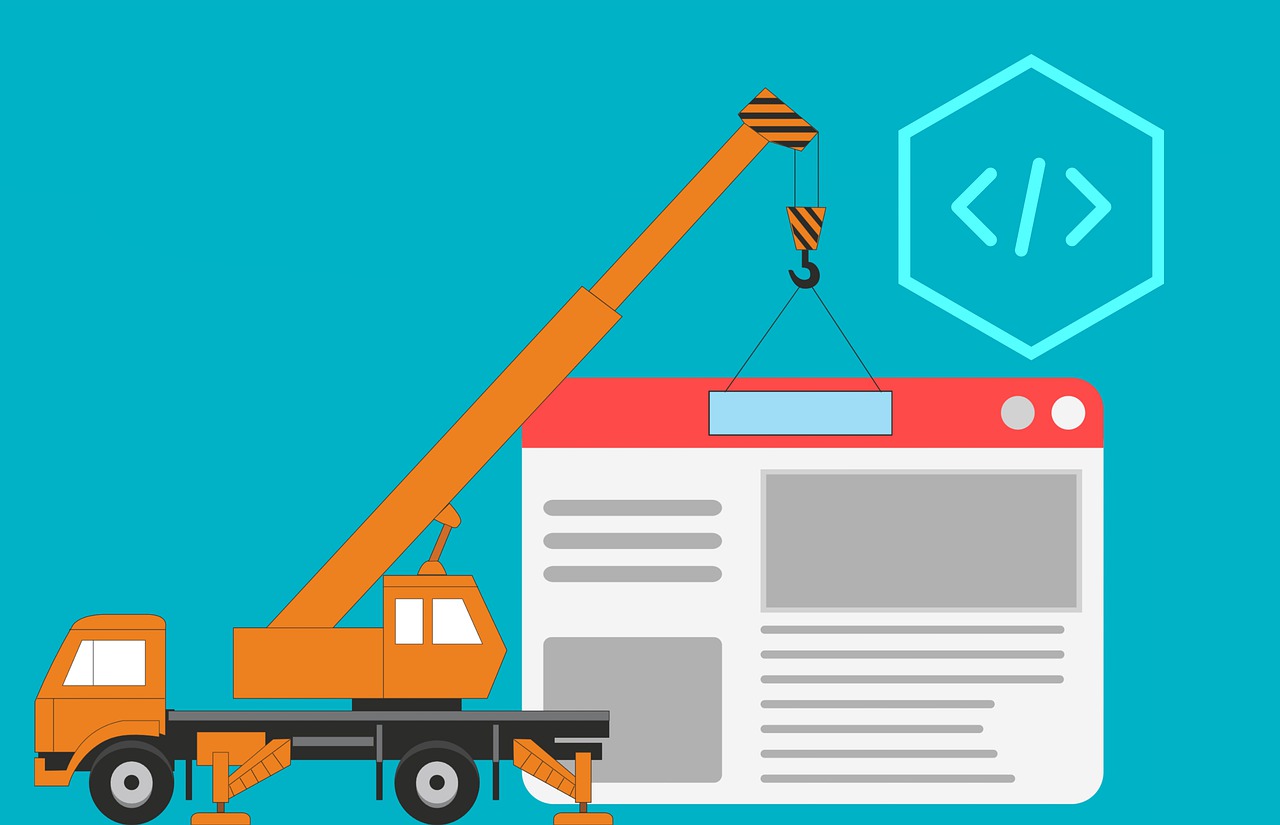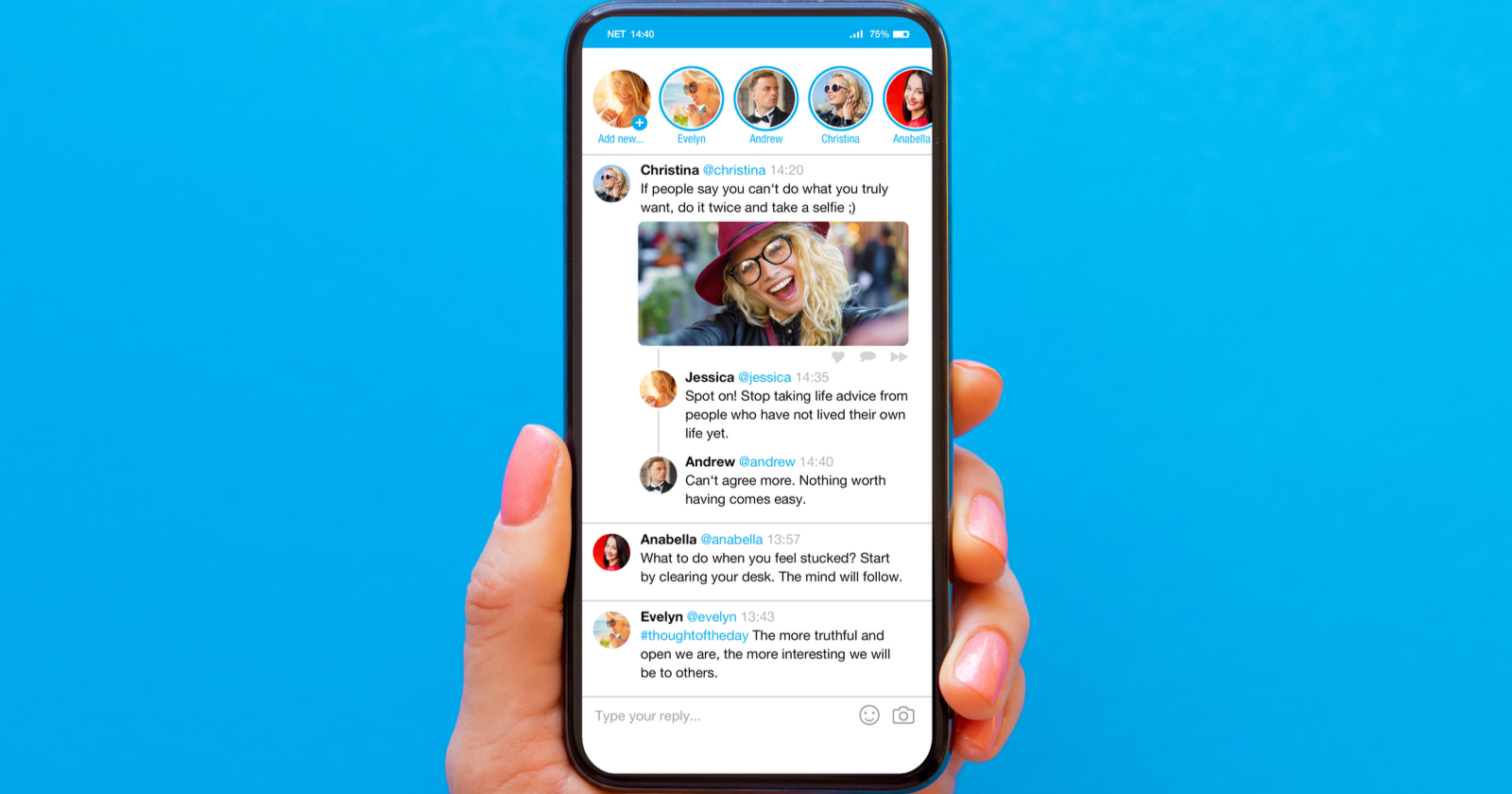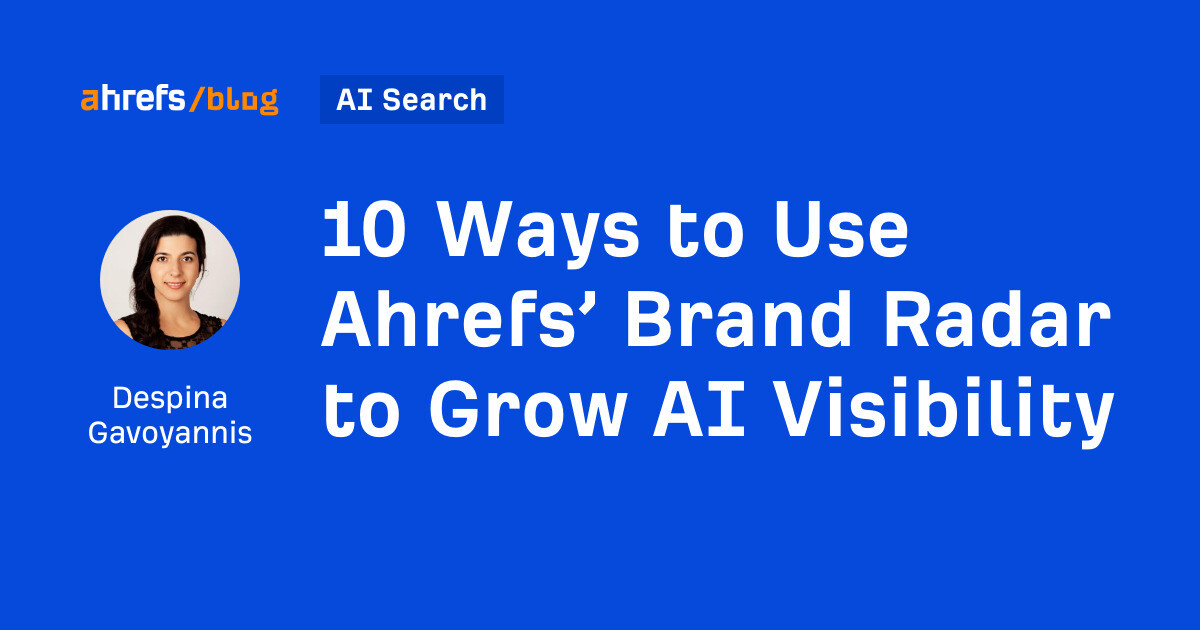8 Common Web Design Mistakes And How To Avoid Them?
Web Design is an important feature of your website’s credibility. Whether you are building a website from scratch or refreshing an old one, try to avoid these common mistakes and let your business stand out online for the right...

Web Design is an important feature of your website’s credibility. Whether you are building a website from scratch or refreshing an old one, try to avoid these common mistakes and let your business stand out online for the right reasons.
8 Common Web Design Mistakes You Can Make
These are some of the most common web design mistakes that you can encounter.
1. Not Thinking Much About The Accessibility
Most of the time, we often treat accessibility as an afterthought and let me tell you that it is one of the biggest mistakes we can make.
Here are four major basic errors you might come across:
Having Low Color ContrastOne of the most overlooked accessibility errors is color contrast. More often than not, it happens when companies make websites that highlight their brand color palette, and to be honest, it is not created with accessible design in mind. It can be hard for you to perceive the text and icons when the color combination used on a website is the right amount of color contrast between the foreground and background colors.
Incorrect Or Missing Alt Text For Images Or GraphicsTo understand the image or graphics, most of the time, the site visitors that use screen readers rely on the Image alt text option. And if it does not describe the image clearly or it’s missing, then you are isolating those readers who require it to pursue your site.
Just like you give time and thought on a traditional website copy, it is also necessary to give the same effort on the images as they are a part of your website’s content. So make sure to convey all the right information by including the image on your page, and make sure to add the alt text that describes the same meaning.
Lack Of Clear Visual Focus IndicatorsIf you want your visitors to understand and experience your site to its fullest potential, then having visual focus indicators. They are basically outlines around interactive components such as buttons and links. It is also necessary to have a clear visual indication of what kind of element on the page currently has focus. It also helps the keyword users to see the screen and track the location on the page.
Ignoring Accessible Labels Or NamesIn case your website conveys information visually, keep in mind those who are using assistive technologies. When the designers are creating the pages and components where information is conveyed visually, make sure to convey all that information with the help of accessible labels for assistive technology.
Let’s take an example: one of the most common trends in custom web design is card components that have a “Read More” button or link in it. Most of the time the information about which item each link is associated with is conveyed visually by the design, but this is not the case for screen readers, the buttons or links here are technically more difficult to differentiate in case they are missing accessible labels with the right details.
2. The Importance Of Mobile Optimization For Your Website
We have noticed that a large portion (almost 58%) of global website traffic comes from mobile devices (and it does not even include tablets). And if your website is not easily navigable on mobile, just as on desktop there is a good chance of increasing your bounce rate with the frustrating visitors.
More than ever, the users are visiting the websites from different devices such as tablets, laptops, phones, even TVs. The visitors are most likely to lose trust if the content looks poorly in any of the given devices leading to tap away from the site.
Most of the websites are built using tools in a desktop web browser, assuming that the customers will visit the website through desktop format and neglect mobile users.
3. Do Not Compromise User Experience For Aesthetics
More recently, the biggest mistake we have seen is the prioritization of aesthetics over functionality.
With the rapid growth of design and new media, being unique has become an important part of success. But excess of anything is bad, the overuse of design and graphic elements indeed leads to visually stimulating, yet it misses the core purpose of a website i.e. user experience.
There are various forms of these issues such as design trends that weaken the brand’s value proposition with the heavy graphics, overuse of animations, and so much more. Although it can be visually pleasing, it adds little to no value. It does not even mean that you have to go all minimal but rather find the right balance where design complements functionality.
4. Ignoring The Importance Of Customization
Well, we know the necessity of having the right type of design that highlights your brand’s identity and should feel unique that makes it stand out from others. One of the biggest mistakes that people often make is choosing a cookie-cutter template and not customizing it enough.
A template might be an easy out, but if you want something that communicates its unique identity, then go for personalization that differentiates your brand from others. Website is often the first impression that a potential client might have with your brand, and if there is nothing that distinguishes your website from others, it’s easy to get lost in the noise.
5. Using Features That Do Not Drive Conversion
Now another common mistake is to use inefficient features. Remember no matter how pretty a website can look, the important part is your website’s effectiveness.
6. There Is No Hierarchy
Have you ever noticed a website that is so cluttered that you do not know where to focus your attention? If yes, then you just visited a site that featured a lack of hierarchy. The right order of the website will not only be visually appealing, but it will also be far more functional. Having a cohesive structure in your site can drive users to complete clear actions, create a seamless experience, and achieve the primary goal.
7. Lacking Clear Navigation For Users
Having a clear navigation helps you reduce the friction visitors experience when they open your site. As more businesses are going digital, the websites are getting more complex and busier. Consistent user experience and clear navigation are a crucial part of smooth visitation from their customers.
8. Unable To Communicate Your Business Purpose
Your website highlights your brand’s identity, so when someone lands on your page, they should get to know what your company does. And in case, there is any lack of understanding, well we all know what will happen – they will abandon the site.
How To Avoid The Common Web Design Mistakes
Now that we have learned some of the common mistakes one could come across, let us dive straight into how to avoid them.
1. Accessibility Should Be Your First Priority
It basically means that the information on the website should be accessible to everyone. Having a visually appealing site is not enough, it should be accessible to all the visitors.
2. Ensure Your Website Incorporates Responsive Design
Having a responsive custom web design can lead to a seamless experience. And the best part is it is not that hard to make it either. At LN Webworks the expert team will even use mobile-friendly templates
3. Make A Balance Between Looks And User Experience
Yes, it is important for the website to be responsive and simple, but you can not make it hideous. Try to find a balance between both that allows the visitors to find what they are searching for easily.
4. Do Not Be Afraid To Get Creative
There are many cookie-cutter templates, but if you need customization that would highlight your business identity, then do not hesitate to get creative. Clear your intentions with the website’s designs and graphics and let go of any inhibition.
5. Do Not Add Crucial Information On Features That Don’t Convert
There are certain features that do not convert, so make sure not to add any important information on it. These features can distract the users and reduce the effectiveness of your website. Rather, try to focus on showcasing elements that engage with the visitors and convert them to take actions.
6. Your Website Should Also Have a Hierarchy
If there is no hierarchy then your website will be confusing, overwhelming and difficult to understand. But with one, the visitors will be able to understand where to go, what to look at, and what to read.
7. Make Sure That The Website Navigation Is Clear
Having a clear navigation will reduce the site bounce rate. An efficient navigation is a must have for your company’s website, as it will lead to seamless user experience.
8. Convey Your Business Ideas Through Design
Use appealing design and elements to convey the real intention of your business. So before you start the journey, make sure to clear what is the purpose of your business website. Each feature and copy should highlight the purpose.

 ValVades
ValVades 































